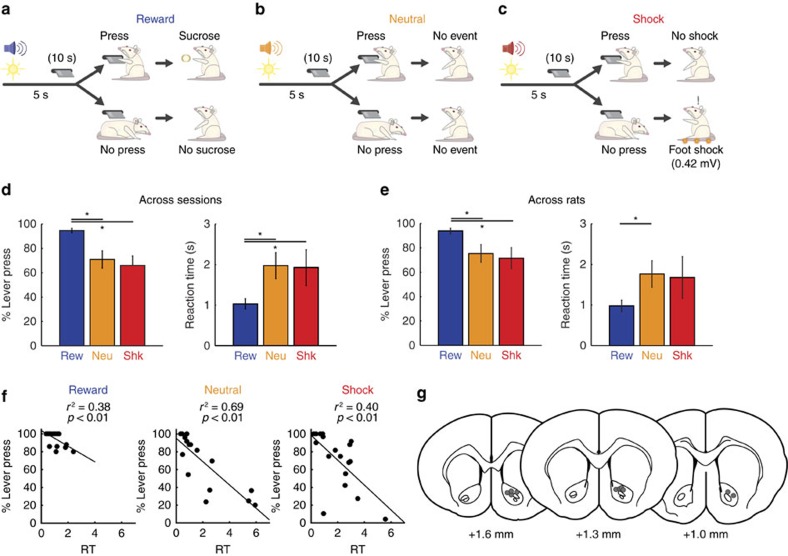Figure 1. Task design and population behavioural results (N=10 rats; 18 sessions).
Sessions consisted of 3 trial types: reward (a), neutral (b), and shock (c), which could be identified by their unique auditory cue. (a–c) At the beginning of each trial, rats were presented with a light cue and trial-specific sound cue 5s before lever extension and then had a maximum of 10 s to press the lever before it was retracted. If rats pressed the lever, they could receive a sucrose pellet reward, avoid an impending foot shock (0.42 mV), or experience no consequence, depending on the identity of the sound cue. If rats failed to press the lever within 10 s after its extension into the chamber, they would alternatively receive no sucrose reward, receive continuous foot shock (0.42 mV), or experience no consequence depending on the identity of the sound cue. Once shock commenced, it could be terminated by lever press. After each consequence, the trial progressed into a 20s ITI. Trial types were pseudo-randomly interleaved within each session (∼60 min) and sound cue identity was counterbalanced across rats. (d,e) Percent lever press and reaction time computed across each session (d) and across rats (e). Bars with asterisks represent significance (T-test; p<0.05; n=18 for (d) and n=10 for (e)). Error bars represent s.e.m. (f) Correlation between percentage lever press and reaction time to press for each trial type (reward, neutral, and shock) across all sessions (g) Placement of chronic recording electrodes within the NAc core based on histology62.

